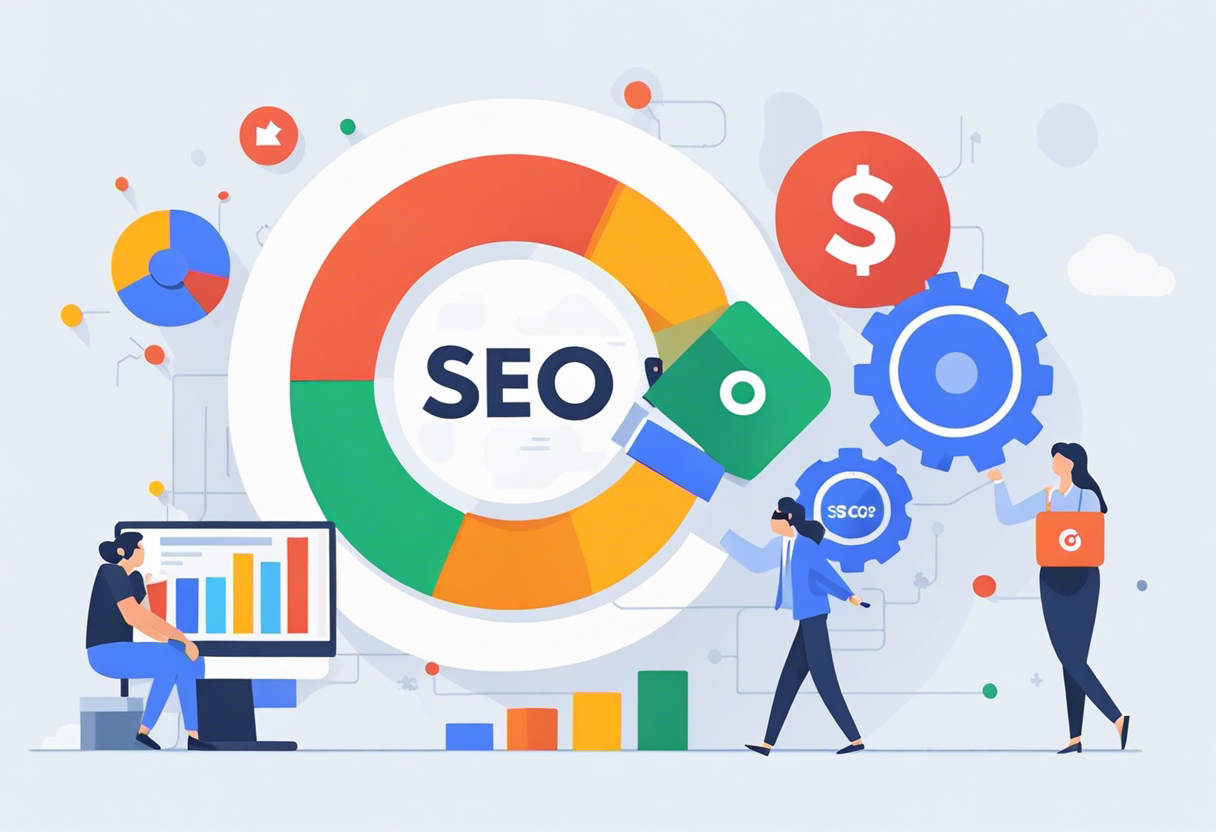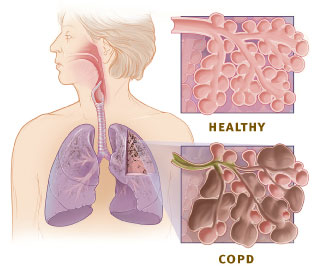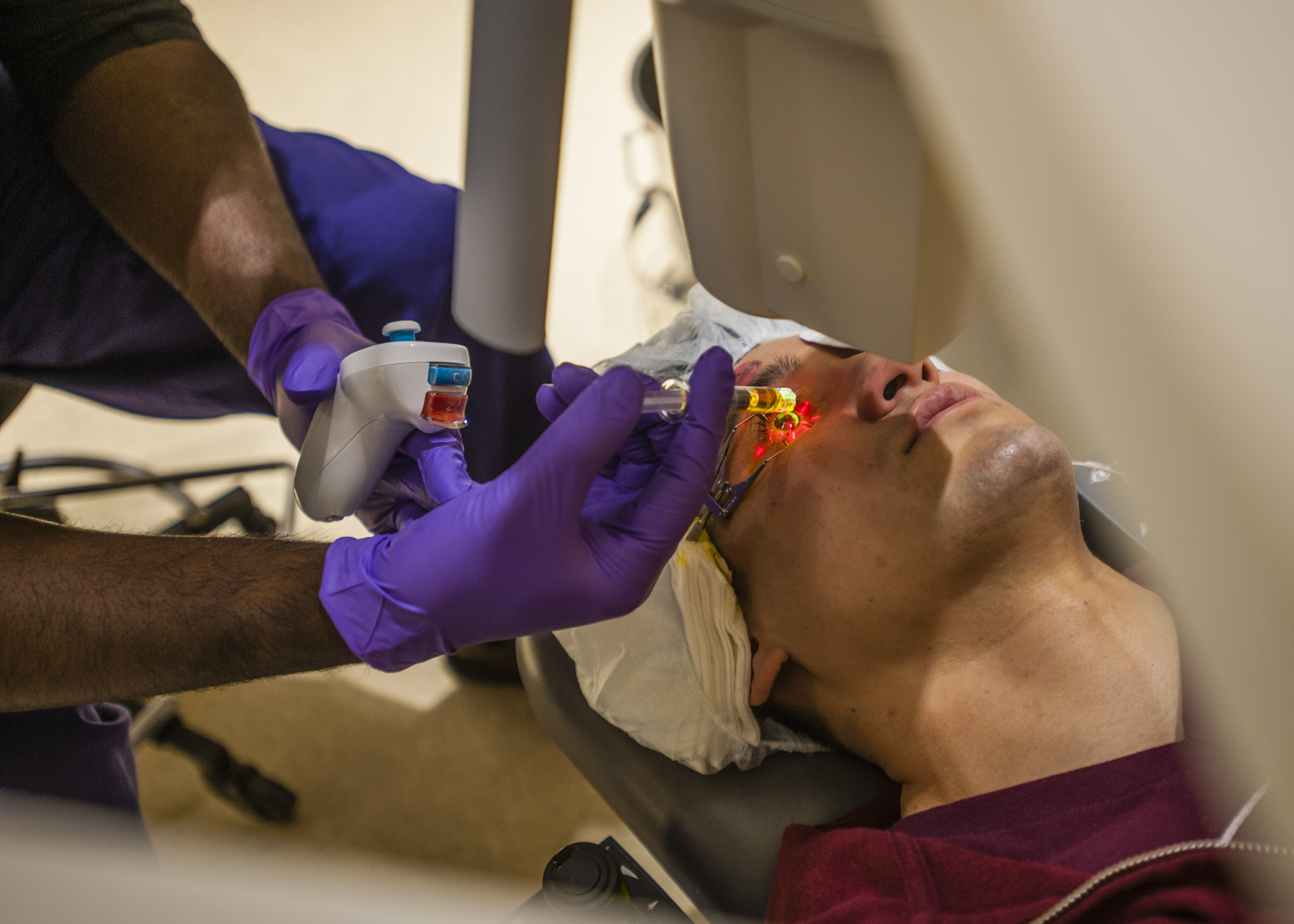Diving Deep into the Heart of SEO: The Five Golden Keys to Page Optimization Mastery
Plunging into the world of SEO, the first and perhaps most crucial step toward mastering page optimization is understanding the significance of keywords. A keyword is essentially the term your target audience would use to find the relevant services or products that your business offers. Ensuring these keywords are embedded effectively in your content allows search engine algorithms to more closely match your webpage with user queries, subsequently increasing your site's visibility.
Moreover, there are two types of keywords: short-tail and long-tail. Short-tail keywords are less specific and more competitive, while long-tail keywords are more specific and attract a targeted audience. By striking a balanced use of both, your content can cater to a wider audience range.
This isn't just about stuffing keywords into your content, however. Search engines have grown incredibly sophisticated, and keyword stuffing can actually lead to penalties that damage your rankings. Effective keyword implementation should be organic and purposeful. Identify relevant keywords through data-driven research, then incorporate them in a way that feels natural and enhances rather than detracts from your content.
Harnessing the Power of On-Page SEO

On-Page SEO is the art of optimizing individual web pages to rank higher and earn more relevant traffic. It widely encompasses both the content itself and the HTML source code. Examples of On-Page SEO techniques include optimizing title tags, including meta descriptions, and integrating internal links. Parameters like page load speed also significantly impact On-Page SEO.
Title tags not only improve page rankings but also enhance user experience as they provide a brief snapshot of the related content. Similarly, a craftily constructed meta description can pique a user's interest and improve click rates. Proactively managing these elements is a fundamental part of effective SEO strategy.
Internal linking helps in spreading link equity among pages on the same website, thus boosting the rank of the linked pages. Remember, SEO isn't about gaming the system. It's about providing value, and each of these elements is a part of that mission.
The Influence of Off-Page SEO

Moving away from your website, off-page SEO refers to the actions taken outside of your own website to improve its rankings within search engine results pages (SERPs). These often involve "link building”, making sure your web content has quality backlinks from other reputable sites.
Google, like other search engines, sees backlinks as votes of confidence, specifically when they originate from industry-relevant and highly-ranked websites. However, it’s not purely about the number but also the quality of these backlinks. Establishing partnerships, guest blogging, and engaging through forums or social media can contribute to healthy link building.
Another significant aspect of off-page SEO is social media engagement. While social media links don't have the same weight as traditional backlinks, they still play a significant role in building site credibility, traffic, and brand awareness.
Unlocking the Potential of SEO-Friendly URLs

Your URL is the web address that uniquely defines your content on the internet. More than just a technical requirement, a search-friendly URL can significantly enhance your website's visibility on the search engines and appeal to human users as well.
Aim to create URLs that are short, meaningful, and descriptive. Including keywords in the URL allows search engine crawlers to understand and index the webpage more efficiently. In addition, from a user perspective, a descriptive URL could give a clear idea of what the webpage is offering even before they click on it.
Remember to keep it simple and coherent rather than complex and cryptic. An URL should reflect the straightforward navigational hierarchy of a website, forming a logical connection among various pages.
Prioritizing User Experience (UX

At the end of the day, SEO isn't about catering to algorithms; it's about catering to users. Optimizing the user experience (UX) not only improves your page's position in search rankings but also hones the quality and accessibility of your website.
Aspects like easy navigation, mobile responsiveness, and optimal site speed all contribute to a solid UX design. Making a site mobile-friendly is extremely critical as the majority of users today access websites via mobile devices. Similarly, a quick-loading website decreases bounce rates and increases dwell time, both key indicators considered by search engine algorithms.
Moreover, quality content is at the heart of user experience. Creating content that is original, compelling, and value-adding can remarkably enhance user engagement and conversion rates.
Appreciating the Value of Continuous SEO Monitoring

Mastering SEO isn't a one-time event. It's an ongoing practice necessitating continuous monitoring, measuring, and adjusting. SEO norms and algorithms evolve regularly, and staying up-to-date is crucial to maintaining and improving your page rankings.
Tools like Google Analytics, SEMrush, and Moz provide insightful data regarding website traffic, user engagement, and keyword performance. Predominant SEO parameters like organic traffic, bounce rate, conversion rate, and dwell time should be regularly scrutinized to understand the success of your optimization efforts.
Dynamic monitoring enables you to identify areas for further improvement and make calculated adjustments. Keep experimenting with strategies, measure their influence, learn from those results, and implement changes as needed. This constant feedback loop is key to attaining and sustaining SEO success.







